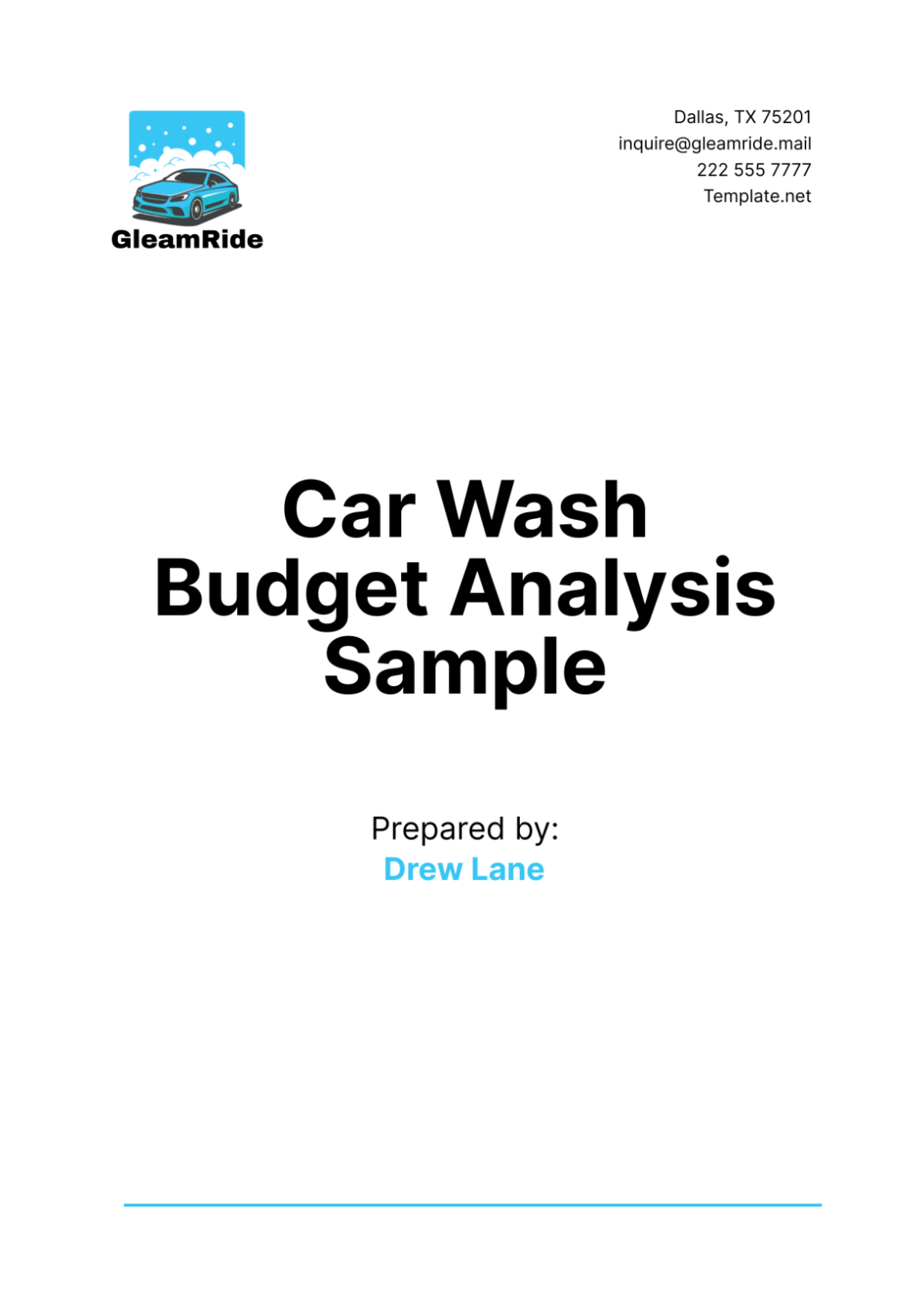Cost Benefit Analysis for Healthcare
Prepared by: [YOUR NAME]
Organization: [YOUR COMPANY NAME]
Date: December 12, 2078
I. EXECUTIVE SUMMARY
This Cost-Benefit Analysis (CBA) evaluates the feasibility and impact of implementing the Comprehensive Remote Patient Monitoring Program (CRPMP). The program aims to reduce hospital admissions and enhance patient outcomes by leveraging advanced remote monitoring technologies. Over a 5-year period, the anticipated benefits significantly outweigh the costs, with a net benefit of $18,750,000.
II. OBJECTIVES
Evaluate Financial Viability: Compare the $12,500,000 program costs to projected benefits of $31,250,000.
Identify Key Stakeholders: Beneficiaries include patients, hospitals, and insurers, with costs borne primarily by healthcare providers.
Assess Long-Term Impact: Determine alignment with the national goal of reducing preventable hospitalizations by 50% by 2083.
III. SCOPE OF ANALYSIS
Time Frame: 5 years (2079–2083).
Population: Patients with chronic conditions, primarily heart failure and diabetes (approximately 50,000 individuals).
Cost Categories: Infrastructure, devices, training, and operational costs.
Benefit Categories: Cost savings from reduced hospital stays, medication adherence, and improved workforce productivity.
IV. METHODOLOGY
A. Cost Identification
Direct Costs:
Infrastructure: $2,500,000.
Medical devices (wearable sensors): $3,000,000.
Personnel salaries (program staff): $4,000,000.
Indirect Costs:
Training: $1,000,000.
Operational adjustments: $2,000,000.
B. Benefit Identification
Quantifiable Benefits:
Reduced hospital admissions: $12,000,000.
Decreased length of hospital stays: $10,000,000.
Productivity gains (patients returning to work faster): $9,250,000.
Qualitative Benefits:
Improved patient quality of life.
Enhanced care coordination.
Alignment with governmental health improvement goals.
C. Valuation Techniques
Discount Rate: 5% applied to future costs and benefits.
Sensitivity Analysis: Conducted to assess variations in adoption rates and technology costs.
V. COST ANALYSIS
A. Infrastructure
Year 1: $500,000
Year 2: $500,000
Year 3: $500,000
Year 4: $500,000
Year 5: $500,000
Total: $2,500,000
B. Devices
Year 1: $750,000
Year 2: $750,000
Year 3: $750,000
Year 4: $750,000
Year 5: $750,000
Total: $3,750,000
C. Personnel
Year 1: $800,000
Year 2: $800,000
Year 3: $800,000
Year 4: $800,000
Year 5: $800,000
Total: $4,000,000
D. Training and Operations
Year 1: $600,000
Year 2: $600,000
Year 3: $600,000
Year 4: $600,000
Year 5: $600,000
Total: $3,000,000
VI. BENEFIT ANALYSIS
A. Reduction in Admissions
Year 1: $2,000,000
Year 2: $2,500,000
Year 3: $3,000,000
Year 4: $3,500,000
Year 5: $4,000,000
Total: $15,000,000
B. Savings in Drug Costs
Year 1: $1,500,000
Year 2: $1,500,000
Year 3: $1,500,000
Year 4: $1,500,000
Year 5: $1,500,000
Total: $7,500,000
C. Productivity Gains
Year 1: $1,000,000
Year 2: $1,250,000
Year 3: $1,500,000
Year 4: $2,000,000
Year 5: $2,500,000
Total: $8,250,000
VII. NET BENEFIT ANALYSIS
Category | Total Costs | Total Benefits | Net Benefit |
|---|---|---|---|
Financial Metrics | $12,500,000 | $31,250,000 | $18,750,000 |
Benefit-Cost Ratio (BCR) | 1:2.5 | - | - |
VIII. SENSITIVITY ANALYSIS
Scenario A: A 10% increase in program costs reduces the net benefit to $17,000,000.
Scenario B: A 10% decrease in benefits reduces the net benefit to $15,625,000.
Scenario C: Adjusting the discount rate to 7% lowers the present value of benefits by $1,250,000.
IX. CONCLUSION AND RECOMMENDATIONS
Summary: The Comprehensive Remote Patient Monitoring Program delivers a Benefit-Cost Ratio of 1:2.5 and generates significant financial and qualitative advantages.
Recommendations: Proceed with implementation starting in January 2079, ensuring regular evaluations and adjustments based on real-world data.
X. APPENDICES
Appendix A: Detailed Cost Tables.
Appendix B: Detailed Benefit Tables.
Appendix C: Assumptions and Calculation Methods.

















































